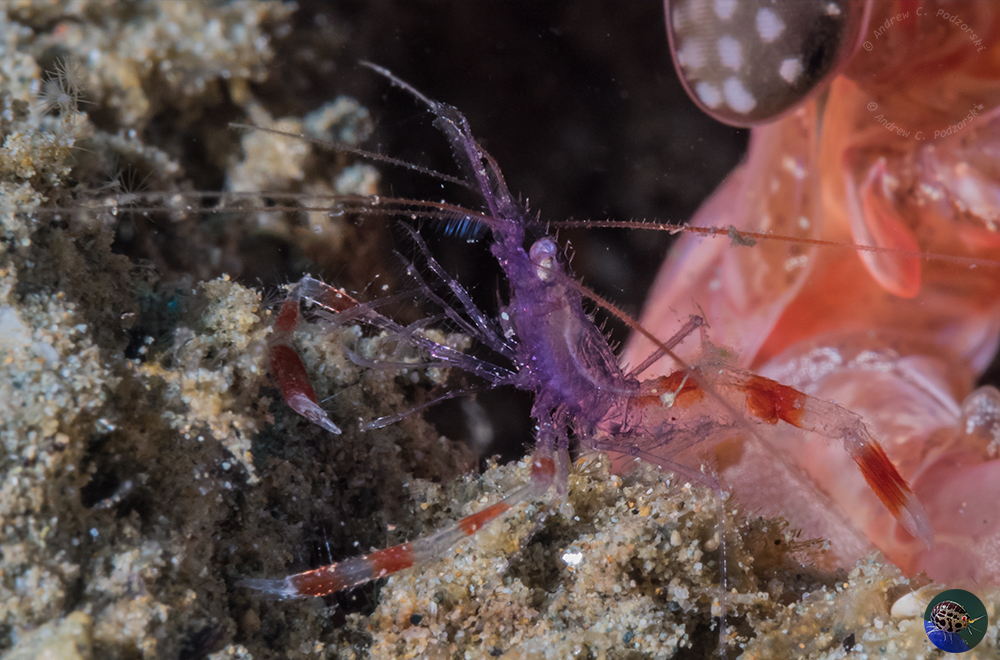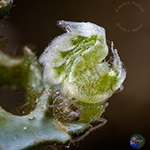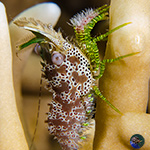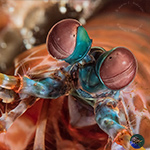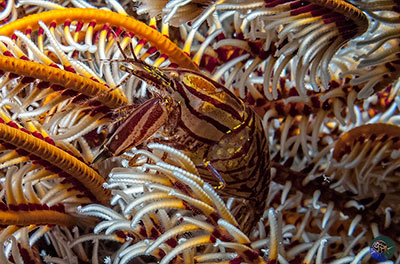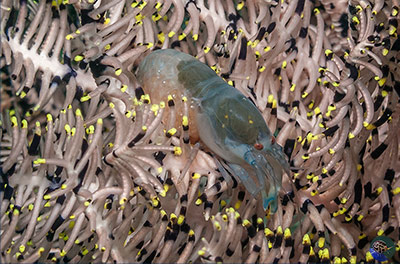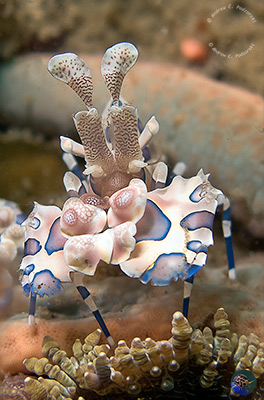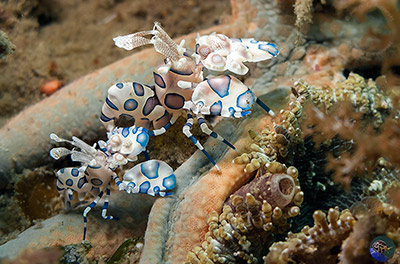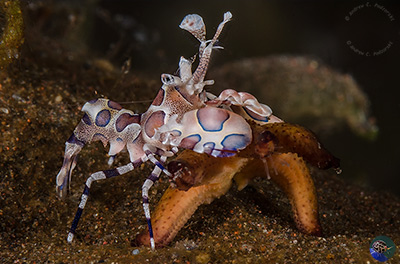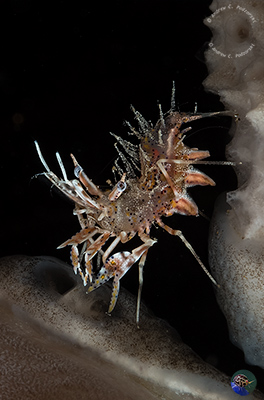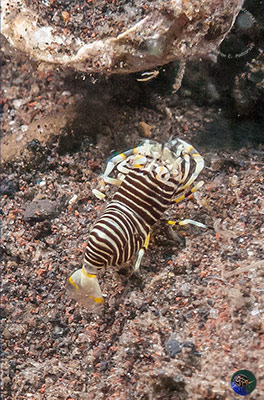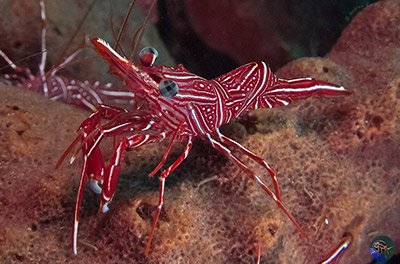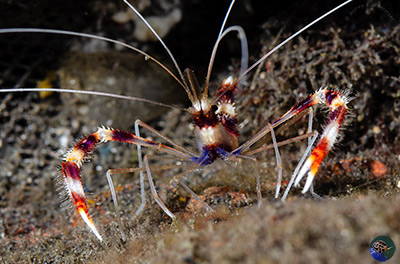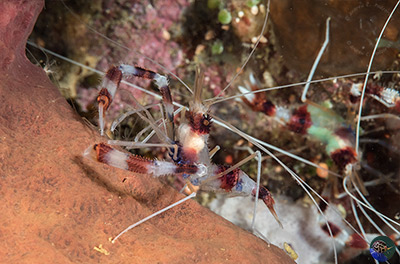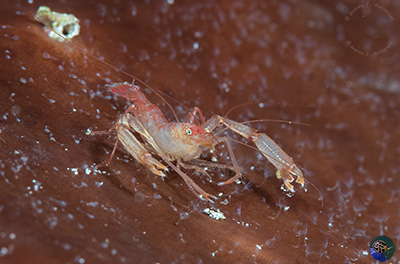Snapping Shrimps

Snapping or Pistol Shrimps are well-known to divers, mostly because of the loud snapping noise they make with their greatly enlarged claw. Although only a few centimers long, the amongst for the loudest animals in the sea.
The snapping shrimps that most people see are those that partner with gobies. The gobies can see very well, but cannot burrow, and the shrimps are expert tunnel engineers but see very badly. This makes for a truly mutually beneficial relationship. It is fascinating watch the shrimps and gobies working together, but you must be very still or both will disappear into their tunnel. There are many species of partner shrimps, many of which are still undescribed.
Another group of snapping shrimps live with feather stars, soft corals or bryozoans. They are very secretive, camoflage coloured, and thus difficult to see and find.
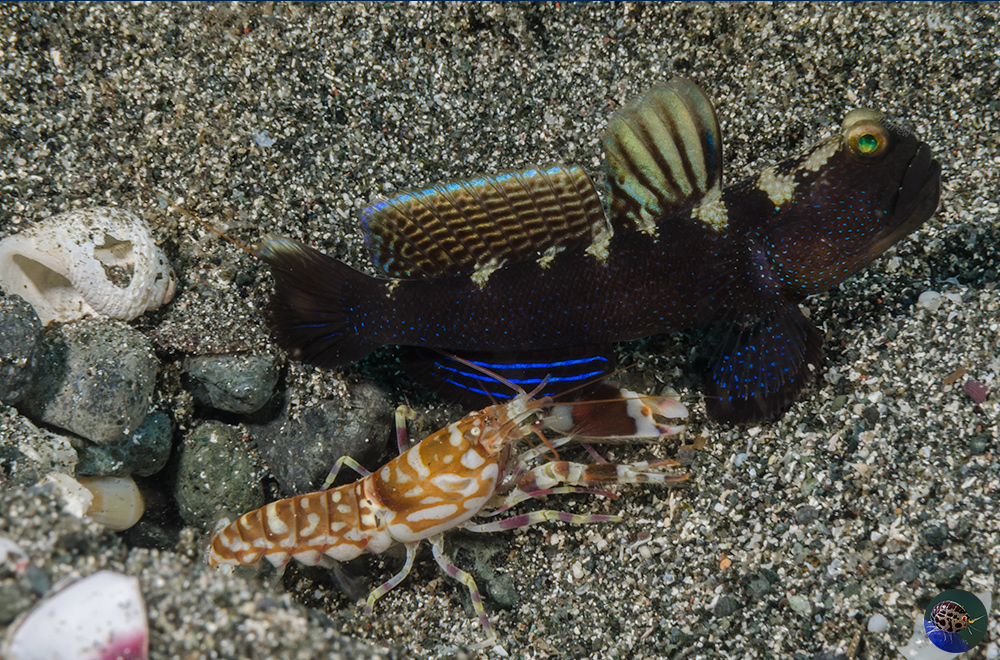






Bumblebee & Harlequin Shrimps

Bumblebee Shrimps (Gnathophyllum americanum) and the related Tiger Shrimps (Phyllognathia ceratophthalmus) are very shy, seldom emerging during the day. Adult Tiger Shrimps can sometimes be seen at night wandering over encrusting sponges in protected locations. Simplex Shrimps (Phyllognathia simplex) are rarely seen, and at under 10mm, fairly small. From personal experiance, they appear to be day-active in mixed sand/short macro-algae areas.
Harlequin Shimps (Hymenocera elegans) are amongst the most spectacular with their blue/light pink and white clown patterning. Small individuals keep well hidden, but fully adult pairs can sometimes be seen with their starfish prey (often Linkia) sheltering by a larger stone or in hollows created by sponges and black corals.

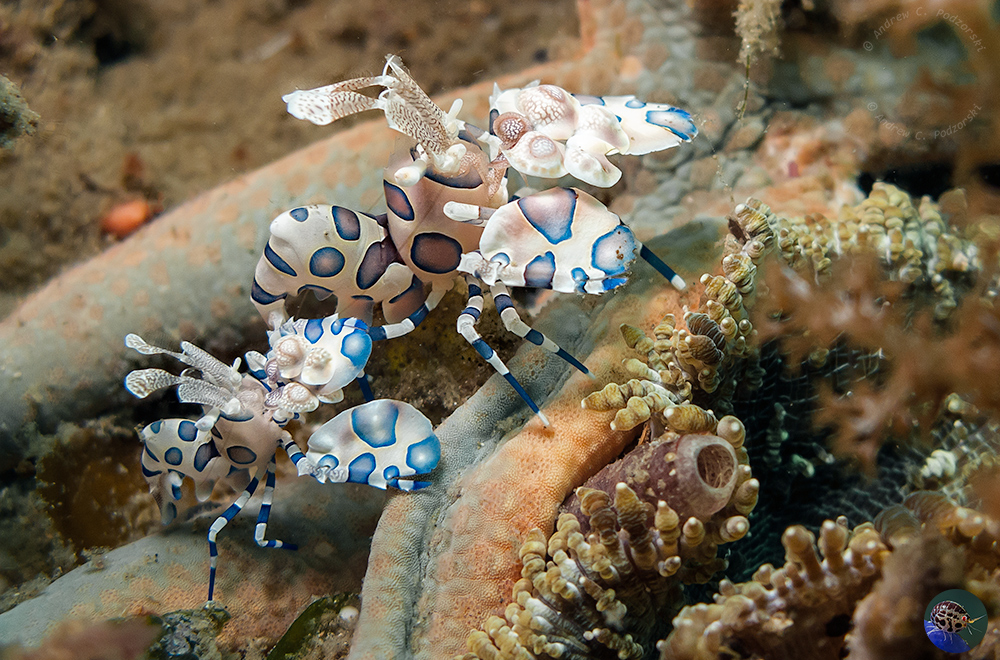


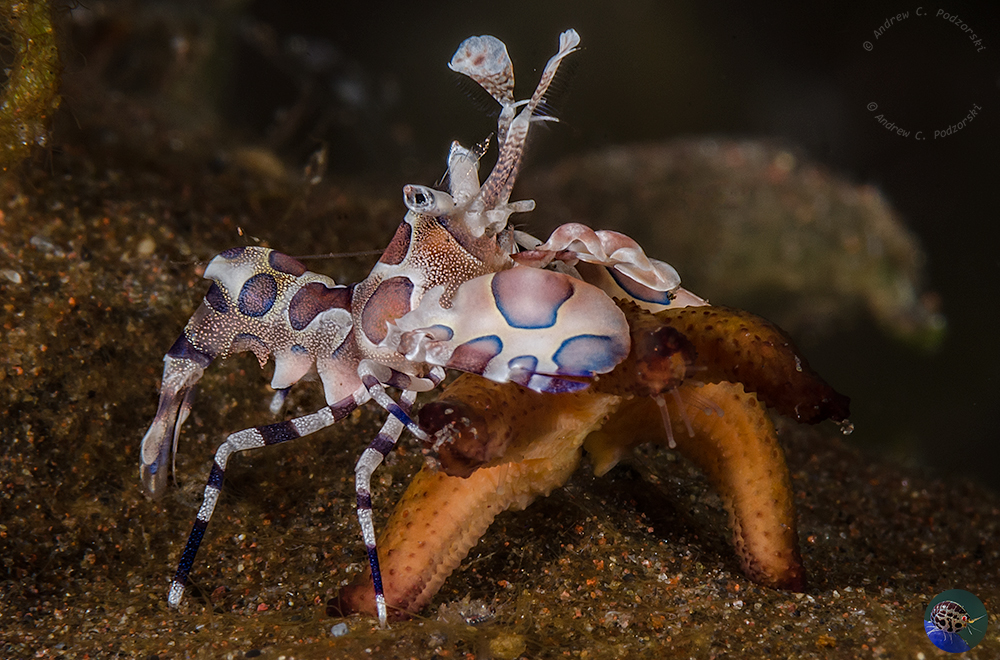



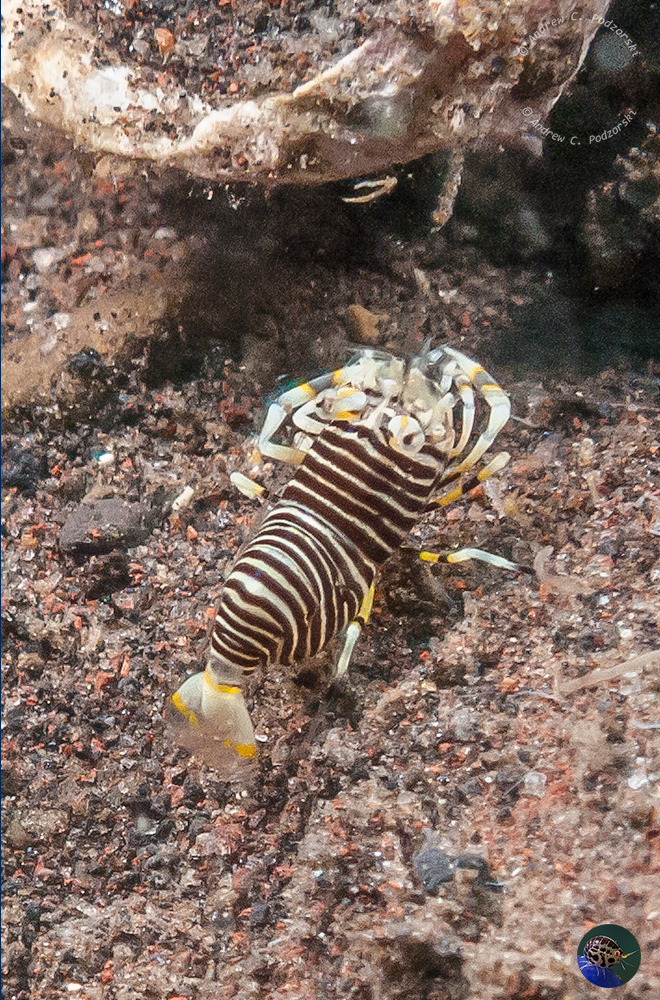

Shell & Dragon Shrimps

Shell Mimic Shrimps (Vercoia interrupta) must be the most cryptic of all shrimps. Unless they move, they look exactly like the shell of a dead cerithiid snail. Even when they do move, they are very easily mistaken for shells with hermit crabs and ignored, as they might give a hungry fish a powerful nip.
Inshore Hairy Shrimps (Neostylodactylus litoralis), with their strongly U-shaped backs look superficially like Broken-Back Shrimps, but more close examined, are quite different. They appear to be night-active, and then mostly females are seen.
Dragon Shrimps (Miropandalus hardingi) with a little imagination, do look a little like dragons, albeit small ones. They are commensal on black coral - mostly small colonies growing within a hollow in a bommie. Matching the host colour, they are either dark brown or green. The males, as usual, are smaller and very slender.








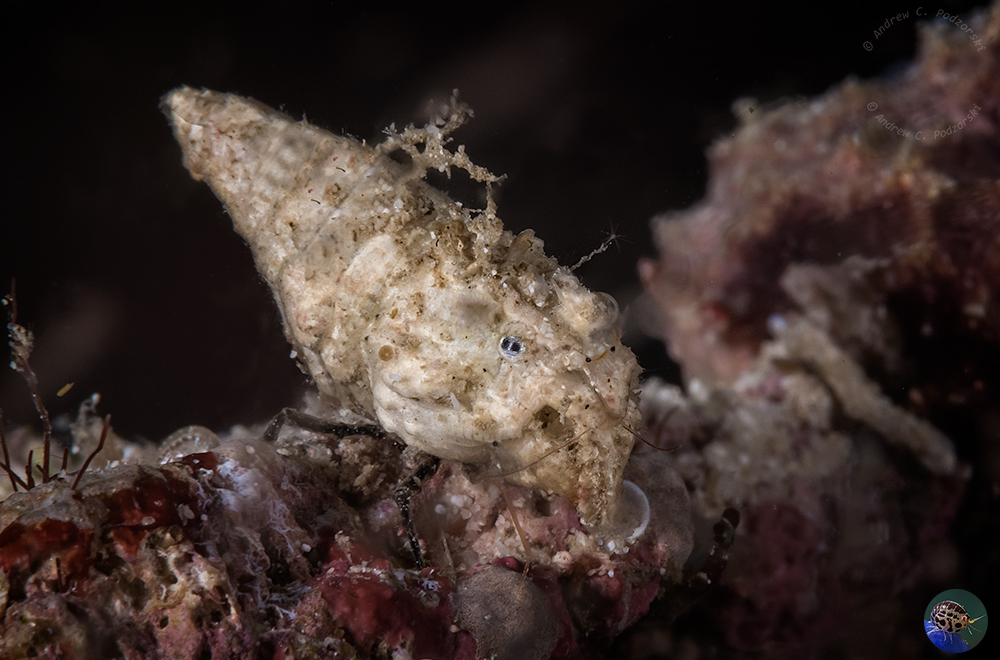
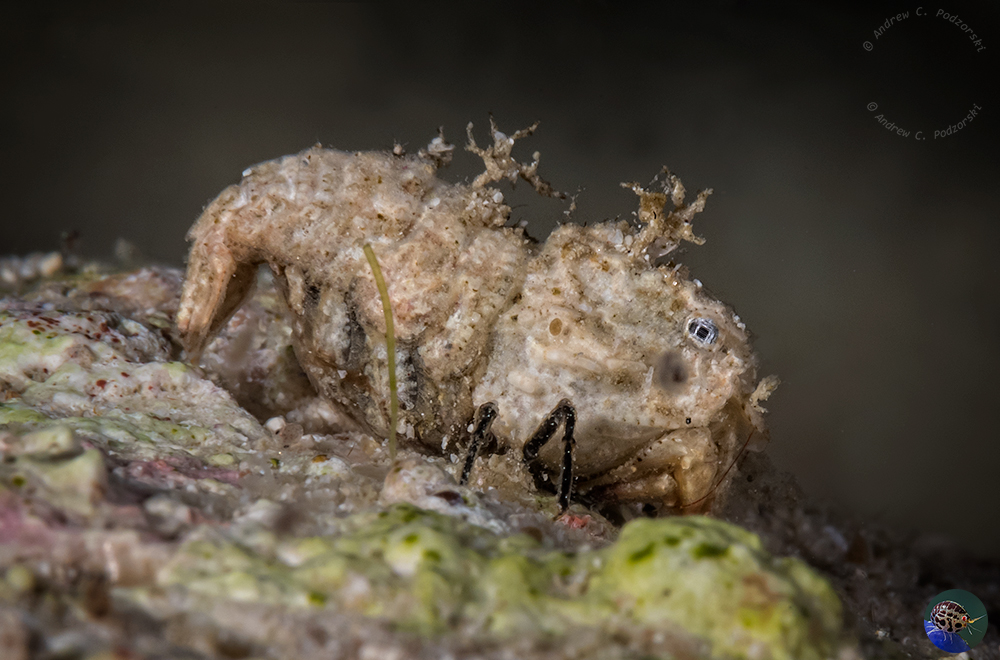
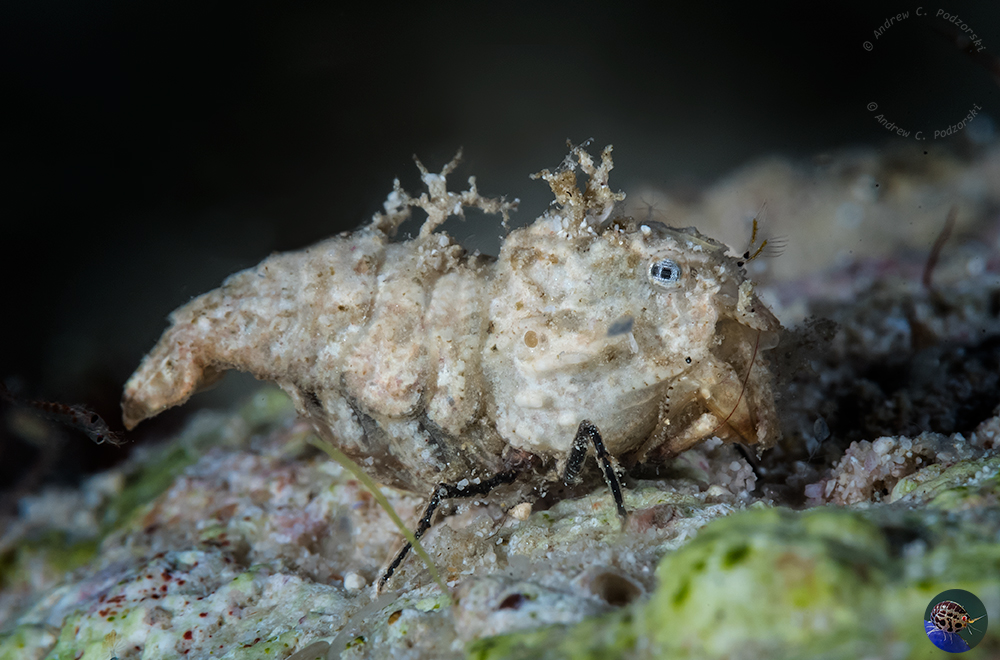
Hinge-beak & Boxer Shrimps

Two of these, the Durban Dancing Shrimp (Rhynchocinetes durbanensi) and the Banded Coral Shrimp (Stenopus hispidus) are well know by divers. The Dancing Shrimp can often be found in large numbers in dark hollows and cracks in bommies skitting to and fro at the entrance to the dark areas. Banded Coral Shimps are quite common, but usually it is the long waving white antennae that are seen first. They are occasionally clean fish, but are not as active as either Urocarinella or Lysmata.








